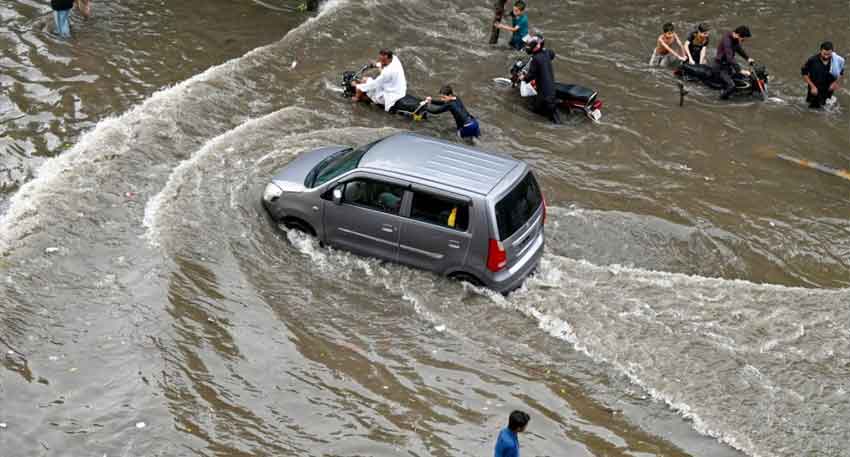
The NDMA’s National Emergency Operations Center forecasted that rivers including the Indus, Chenab, and Ravi are expected to receive significantly increased water flow. Medium-level flooding is likely in the tributaries of Chenab and Ravi, while low-level flooding is expected at Marala on the Chenab.
The advisory states that although water levels at Tarbela, Guddu, and Sukkur barrages are currently low, rainfall around Chashma and Taunsa may lead to low-intensity floods. River Jhelum (upstream Mangla) and its tributaries are also expected to witness medium water flow.
In Swat, Panjkora, Kabul, and surrounding streams, flash floods are a possibility. Residents in Nowshera are urged to stay alert. Similar concerns have been raised for Hunza, Shigar, and Ghanche in Gilgit-Baltistan, where rising water in local streams could lead to sudden flooding.
NDMA spokesperson confirmed that Tarbela Dam is currently 94% full and Mangla Dam 61%, with more inflow expected. People living near rivers and streams — especially at night — must remain highly alert. Those in low-lying areas are advised to identify safe routes, prepare emergency kits, and keep essential medicines on hand.
NDMA has instructed local administrations in urban areas, particularly in northeastern and central Punjab, to keep drainage systems on high alert. People are strongly warned to avoid submerged bridges, causeways, and flooded paths, as 6 inches of water can sweep an adult and 12 inches can carry away a vehicle.
Read more: Monsoon set to intensify this week - Thunderstorms likely across Pakistan
The authority has also urged the public to monitor official warnings, mobile alerts, and updates via disaster-warning apps, and act swiftly in case of emergencies.
With dams nearing capacity and monsoon rains intensifying, Pakistan is entering a critical phase of flood risk. The NDMA’s early alert reflects real-time hydrological pressure, especially on river networks and vulnerable urban zones. Flash floods and urban waterlogging are not just threats — they’re very real possibilities that demand immediate public awareness and community-level preparedness. Timely updates, evacuation readiness, and smart local planning could prevent widespread loss of life and infrastructure damage.




